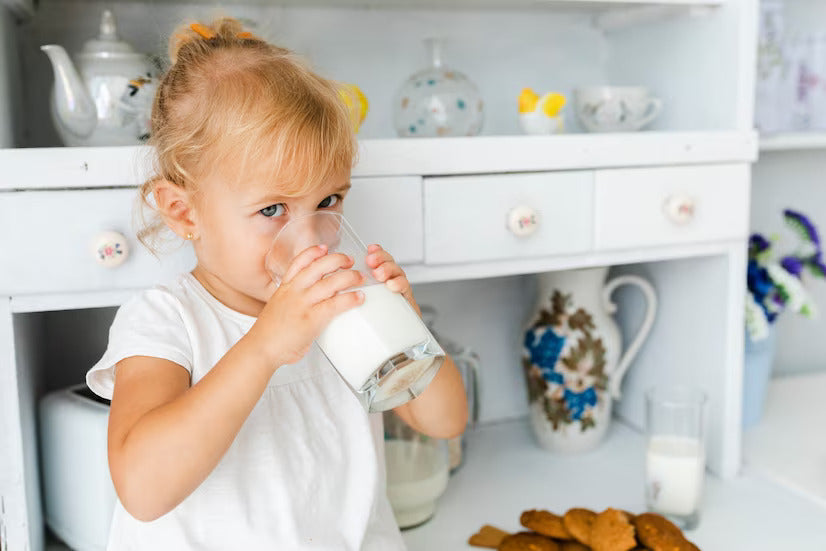Over the past few years, the importance and focus on gut health has exploded. Many people are beginning to understand that a balanced gut can aid in solving many common health issues that are seen in different individuals. While these conversations have mostly focused on the benefits for the over 18 crowd, it is important to take into account the fantastic advantages that come along with a well-balanced gut microbiome within children.
One of the primary ways that gut health has been encouraged has been through the rise in popularity of organic probiotics for kids. These substances work naturally in the body to maintain the diversity of good bacteria and encourage There is a lot of variation from probiotic to probiotic which leaves many parents confused on which one is actually best for their child. Due to how fairly new all of this is (at least in the public sphere), there are concerns and questions about these substances. Fortunately, there are many things that you can look out for and take into account in order to ensure that the probiotic you are choosing will be the best for your baby or child.
Look at the strains
One of the easiest ways to check the quality and effectiveness of a probiotic product is by looking at the strains that it is composed of. Many supplements will make use of the strains Lactobacillus and Bifidobacterium (or another variant of one of these species) due to their positive effects within the gut. Even when looking at the individual derivatives of each of these two strains, they each have their own traits and characteristics that could make them better suited for you depending on what you are looking for.
There are several different examples of strains that you can depend on to bring about different health effects for your child. Here are some popular strains that can often be found in probiotics and how they may help your kid: Get to know more about best probiotics for kids.
Lactobacillus Rhamnosus GG
Products with this strain are often the best probiotics for kids. This is due to their ability to fight diarrhea specifically in toddlers. One of the foundational reasons for this is that the strain can actually bind to the wall of the gut. This protects your child from developing harmful pathogens or bacteria within their body that can lead to this type of sickness.
Although research on the subject is still developing, Rhamnosus has also been shown to reduce the prevalence of the bacterial infection Clostridium Difficile which causes acute diarrhea in children. Using these probiotics is a natural way to reduce existing problems or prohibit new ones from developing.
Rhamnosus HN001
Many children under the age of six suffer from atopic dermatitis. In fact, it is estimated that around 15 to 20 percent of children worldwide have the condition eczema (a form of atopic dermatitis). A meta-analysis and systematic review of cases found that probiotics for babies given to them in the first six months of their life can contribute to reducing these concerns.
Additionally, a recent study performed in New Zealand found that the strain Rhamnosus HN001 can be beneficial for babies and toddlers who are at risk for the condition. The study suggests that when taken during pregnancy by the mother and taken by the child for the first two years of their life, there was a “reduced risk of childhood eczema by 44% until the child’s 6th birthday and beyond”.
Look at the numbers
Aside from the actual types of strains themselves, it is also important to consider the number of strains that are in the probiotic. Some products that are marketed as being the best probiotics for kids simply do not have enough strains to be effective for children.
It is estimated that for infants the dosage should be about 5-10 billion CFU per day. Once the child turns two, this dosage can be increased to 10-25 billion CFU per day. This is an appropriate amount to inhibit noticeable, positive health effects.
Look at their age
Depending on how old your child is, their body will have different rates of colony forming units of the good bacteria. When a child is under the age of two, their gut microbiome is more vulnerable and doesn’t have as much diversity when compared to adults. As they grow older, this develops and allows them to respond better to higher doses of CFU per day. Make sure to take all of these factors into account when picking a product for your child.

